Reptiles, with their prehistoric appearance and often misunderstood behaviors, can make fascinating and rewarding pets. However, unlike cats or dogs that actively seek human attention, reptiles require a different approach to bonding. Building trust with a reptile companion is a gradual process that demands patience, consistency, and respect for their unique needs. While some people mistakenly believe reptiles are incapable of forming attachments, experienced keepers know that many species can recognize their caretakers and develop comfort in their presence. This article explores effective techniques to establish a meaningful connection with your scaly friend, helping both new and experienced reptile owners create lasting bonds based on mutual trust and respect.
Understanding Reptilian Body Language
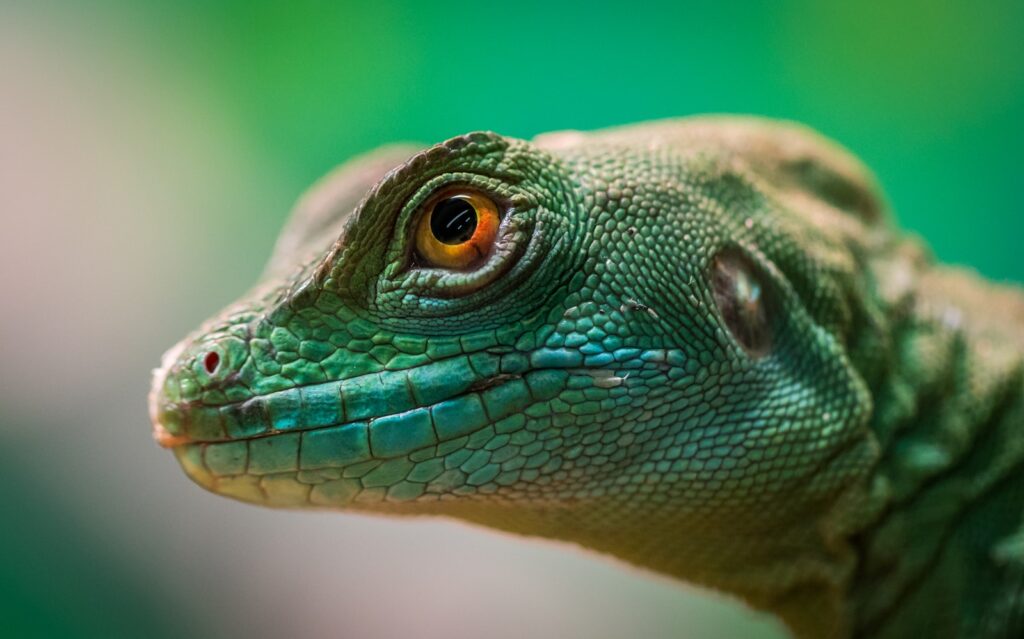
Reptiles communicate primarily through body language, and learning to interpret these signals is crucial for successful bonding. A relaxed reptile typically has a loose posture, calm breathing, and may close their eyes briefly in your presence – a sign of comfort. Conversely, defensive postures include puffing up, hissing, tail whipping, or gaping their mouth, all indicating stress or fear. Some species, like bearded dragons, may darken their coloration or flatten their bodies when feeling threatened. By becoming fluent in your reptile’s nonverbal communication, you’ll know when to approach or when to give space, respecting their boundaries and building trust through this understanding.
Creating a Stress-Free Environment

Before attempting to handle your reptile, ensure their habitat provides security and meets all their specific needs. The enclosure should include appropriate hiding spots, correct temperature gradients, proper humidity levels, and suitable substrate for the species. Position the terrarium in a relatively quiet area away from loud televisions, heavy foot traffic, or other pets that might cause stress. A reptile that feels secure in its environment is more likely to be receptive to interaction. Remember that many health and behavioral issues stem from environmental stress, so creating the perfect habitat is your foundation for building trust.
The Power of Routine
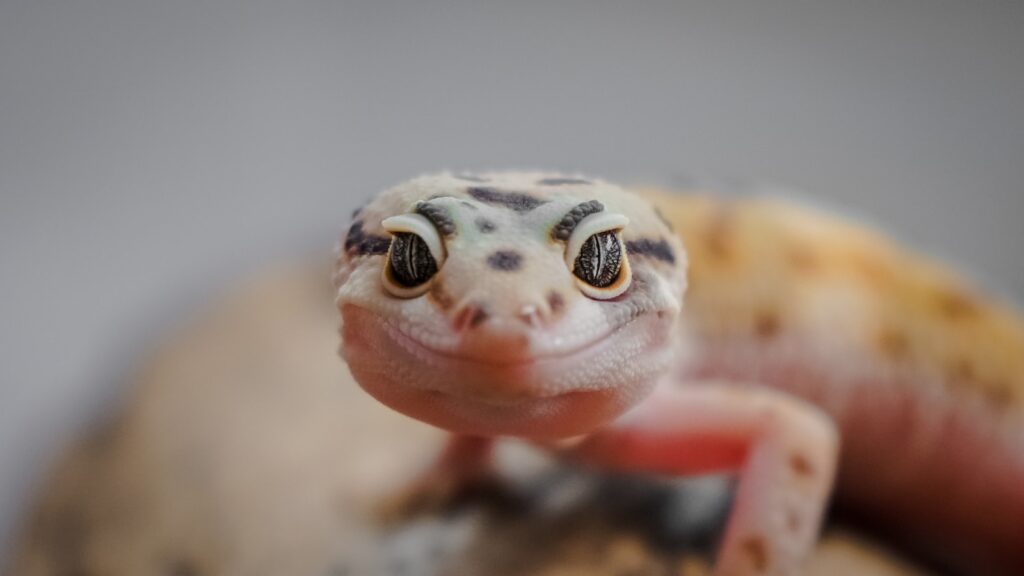
Reptiles thrive on predictability, making consistent routines essential for establishing trust. Feed your reptile at the same time each day, and maintain regular schedules for misting, cleaning, and other care activities. Over time, your pet will begin to associate your presence with positive experiences rather than unpredictable disturbances. Some owners find success in creating a specific “greeting” ritual, such as softly talking to their reptile before opening the enclosure. This predictability helps reptiles feel secure, as they come to understand that your appearance doesn’t represent a threat but rather signals familiar, non-threatening activities.
Food Association Techniques
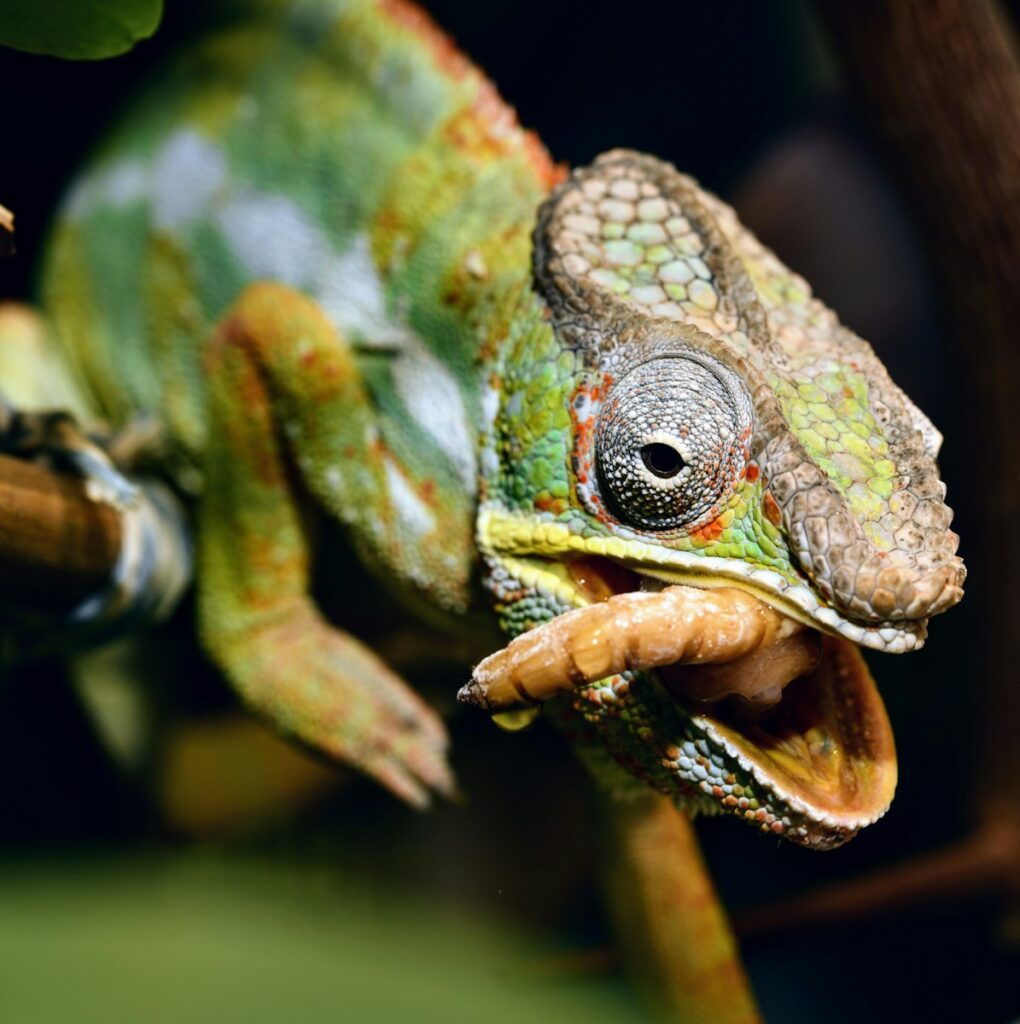
One of the most effective ways to bond with reptiles is through positive food associations. Hand-feeding (when safe for the species) creates a connection between your presence and something beneficial. For herbivorous species like tortoises or iguanas, offering favorite vegetables by hand can build positive associations. For insectivores like bearded dragons or geckos, holding insects with feeding tongs can achieve similar results without risking accidental bites. Over time, your reptile will begin to associate your scent and presence with positive experiences. However, avoid exclusively hand-feeding as this can sometimes create dependence or feeding response issues in certain species.
Taking Handling Slow
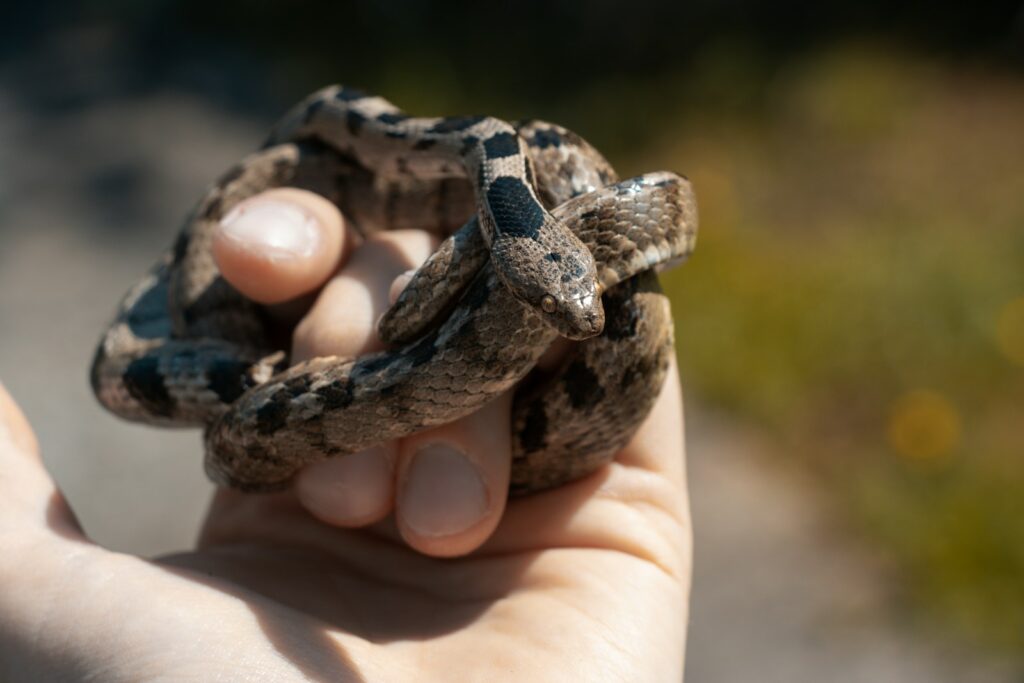
Patience is paramount when beginning to handle your reptile, as rushing this process can destroy trust and create long-term behavioral issues. Start with brief handling sessions of just 1-2 minutes, gradually increasing duration as your pet shows signs of comfort. Always support your reptile’s body properly, particularly for snakes and lizards that need their entire length supported. Never grab from above, as this mimics predatory behavior and triggers defensive responses. Instead, gently scoop from below or guide them onto your hand. For particularly skittish species, begin by placing your hand in the enclosure without attempting to touch the animal, allowing them to become accustomed to your presence before progressing to actual contact.
Species-Specific Considerations
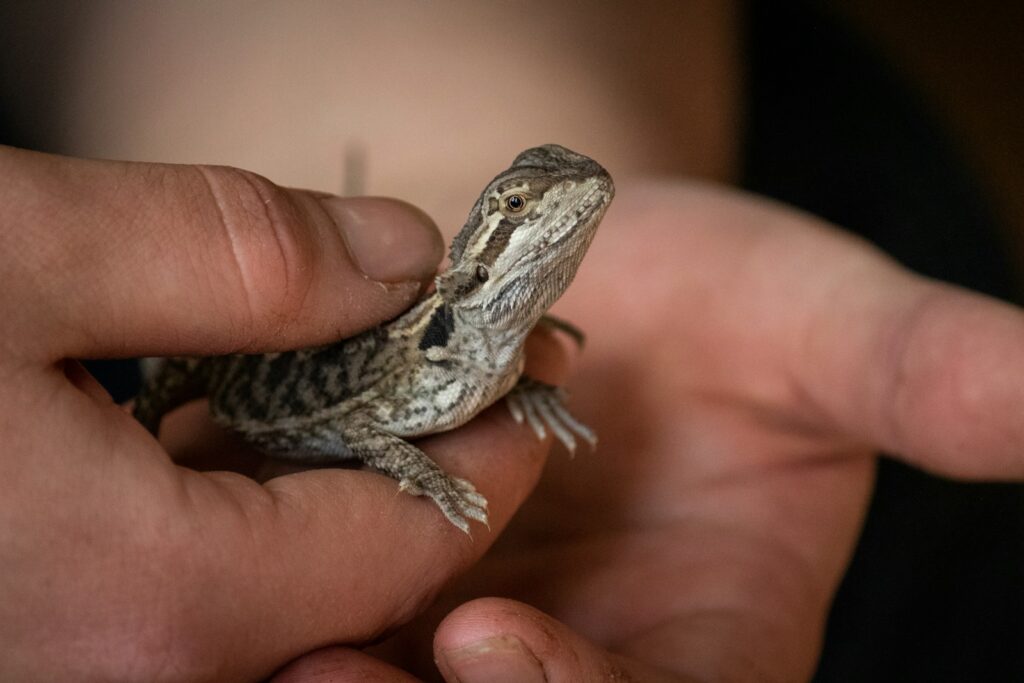
Different reptile species have vastly different temperaments and social needs, requiring tailored approaches to bonding. Bearded dragons are often naturally curious and may quickly become comfortable with gentle handling, while many gecko species prefer observation over extensive handling. Larger lizards like tegus and monitors can form surprisingly strong bonds but require consistent, respectful interaction from an early age. Snake species vary tremendously, with ball pythons typically being more tolerant of handling than arboreal species like green tree pythons. Turtles and tortoises often appreciate interaction centered around food, but may show stress with excessive handling. Research your specific species’ natural behaviors and temperament to set realistic expectations for your relationship.
The Importance of Scent Familiarity
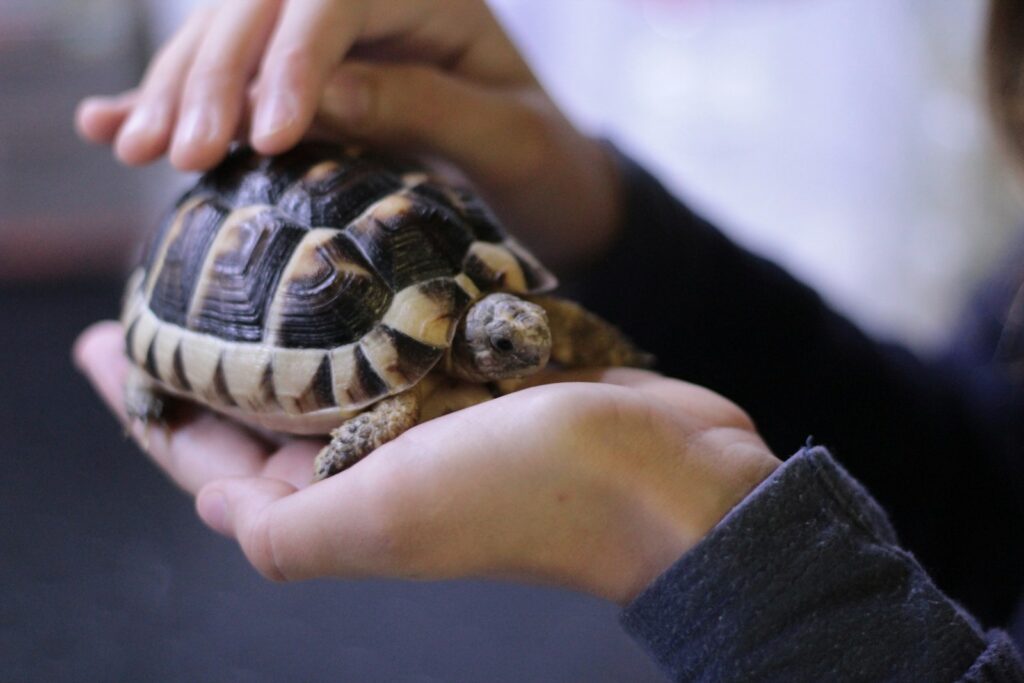
Reptiles rely heavily on their sense of smell, making scent a powerful tool for bonding. Before handling, wash your hands with unscented soap to remove potentially frightening odors like food residue from other pets or strong chemicals. Avoid wearing strong perfumes or colognes when interacting with your reptile, as these can be overwhelming or confusing. Some keepers place a small item of clothing with their scent in the enclosure (outside of heat sources) to help their pet become accustomed to their smell. Over time, your natural scent will become familiar and non-threatening to your reptile, facilitating easier and less stressful interactions.
Creating Safe Exploration Opportunities
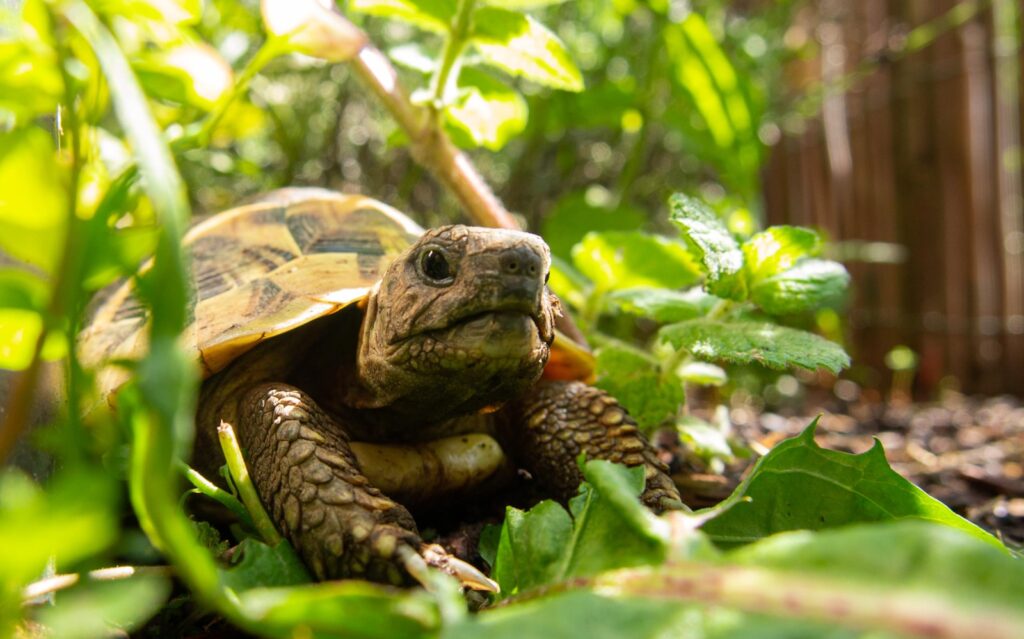
Supervised exploration outside the enclosure can strengthen your bond while providing enrichment for your reptile. Create a reptile-safe area by blocking escape routes, removing hazards, maintaining appropriate temperature, and keeping other pets away. For terrestrial species, sitting on the floor and allowing them to explore around and even onto you can build trust while giving them exercise. Arboreal species might enjoy climbing specially designed reptile-safe structures while you supervise nearby. These exploration sessions should always be closely monitored and kept brief initially, gradually extending as your reptile shows comfort. These positive experiences outside the enclosure help your reptile associate you with interesting and enjoyable activities.
Reading and Respecting Boundaries

Respecting when your reptile doesn’t want interaction is perhaps the most important aspect of building lasting trust. If your pet shows signs of stress like rapid breathing, attempting to flee, or defensive postures, immediately return them to their enclosure and try again another day. Never force handling on a reluctant reptile, as this creates negative associations that can take months to overcome. Some reptiles may go through periods where they prefer less interaction, such as during shedding, breeding seasons, or after habitat changes. By consistently demonstrating respect for their boundaries, you teach your reptile that you’re not a threat, gradually building confidence in your interactions.
The Impact of Temperature on Behavior

A reptile’s body temperature significantly affects its behavior and receptiveness to handling. Cold reptiles are typically sluggish and may be more defensive as they cannot escape perceived threats effectively. Conversely, handling immediately after basking when they’re at optimal temperature often results in more active, alert behavior. Time your interaction sessions appropriately, avoiding the early morning when they’re still cold or during peak digestion after meals. Many experienced keepers find their reptiles are most receptive to gentle handling in the late afternoon when they’ve had adequate time to reach optimal body temperature. Understanding this thermal relationship helps you interact with your pet when they’re physiologically prepared for positive experiences.
Building Trust After Rehoming

Adopted or rehomed reptiles often come with unknown histories and potential negative associations with human handling. These animals require an especially gradual approach to trust-building. Begin by simply sitting near the enclosure without attempting interaction, allowing the reptile to observe you performing non-threatening activities. Progress to placing your hand in the enclosure without reaching for the animal, perhaps leaving it resting palm-up on the substrate. Only advance to gentle touch once the reptile shows comfortable behavior in your presence. Rehabilitating a frightened reptile may take months of consistent, gentle interaction, but the transformation from fearful to trusting can be particularly rewarding for dedicated owners.
Recognizing Signs of Success

As your bond develops, your reptile will display subtle but meaningful signs of trust. Many reptiles demonstrate comfort by voluntarily approaching the front of the enclosure when you enter the room or even climbing onto your hand without coaxing. Some species may close their eyes briefly while being held, indicating they feel secure enough to relax their vigilance. Bearded dragons might flatten their bodies against you for warmth rather than as a defensive posture. Certain snakes will explore calmly rather than constantly seeking escape when handled. These behavioral shifts represent significant milestones in your relationship, showing that your reptile no longer perceives you as a potential threat but rather as a familiar, non-harmful presence in their world.
Long-Term Relationship Maintenance

Maintaining your bond requires consistency throughout your reptile’s life, which may span decades for many species. Regular, gentle interaction prevents regression in socialization, even with naturally docile species. Document your reptile’s preferences in a care journal, noting which handling techniques they respond to positively and which cause stress. If life circumstances require reduced handling temporarily, gradually reintroduce interaction rather than expecting immediate comfort after a long hiatus. Remember that reptiles may change their behavior as they mature, with some becoming more accepting of handling with age while others may become more territorial, particularly during breeding seasons. By adjusting your approach to accommodate these natural changes, you’ll maintain a respectful relationship throughout your reptile’s life.
Building a meaningful bond with a reptile differs significantly from the immediate affection often experienced with mammals, but many reptile enthusiasts find these relationships equally rewarding. The trust that develops through patient, consistent interaction represents a unique connection between two vastly different species. While reptiles may never seek cuddles or display affection in ways familiar to dog or cat owners, the subtle signs of trust from these ancient creatures can be profoundly satisfying. By respecting their natural behaviors, learning their communication signals, and creating positive associations, you’ll develop a relationship based on mutual respect and understanding – a special connection with a fascinating evolutionary survivor that shares your home.










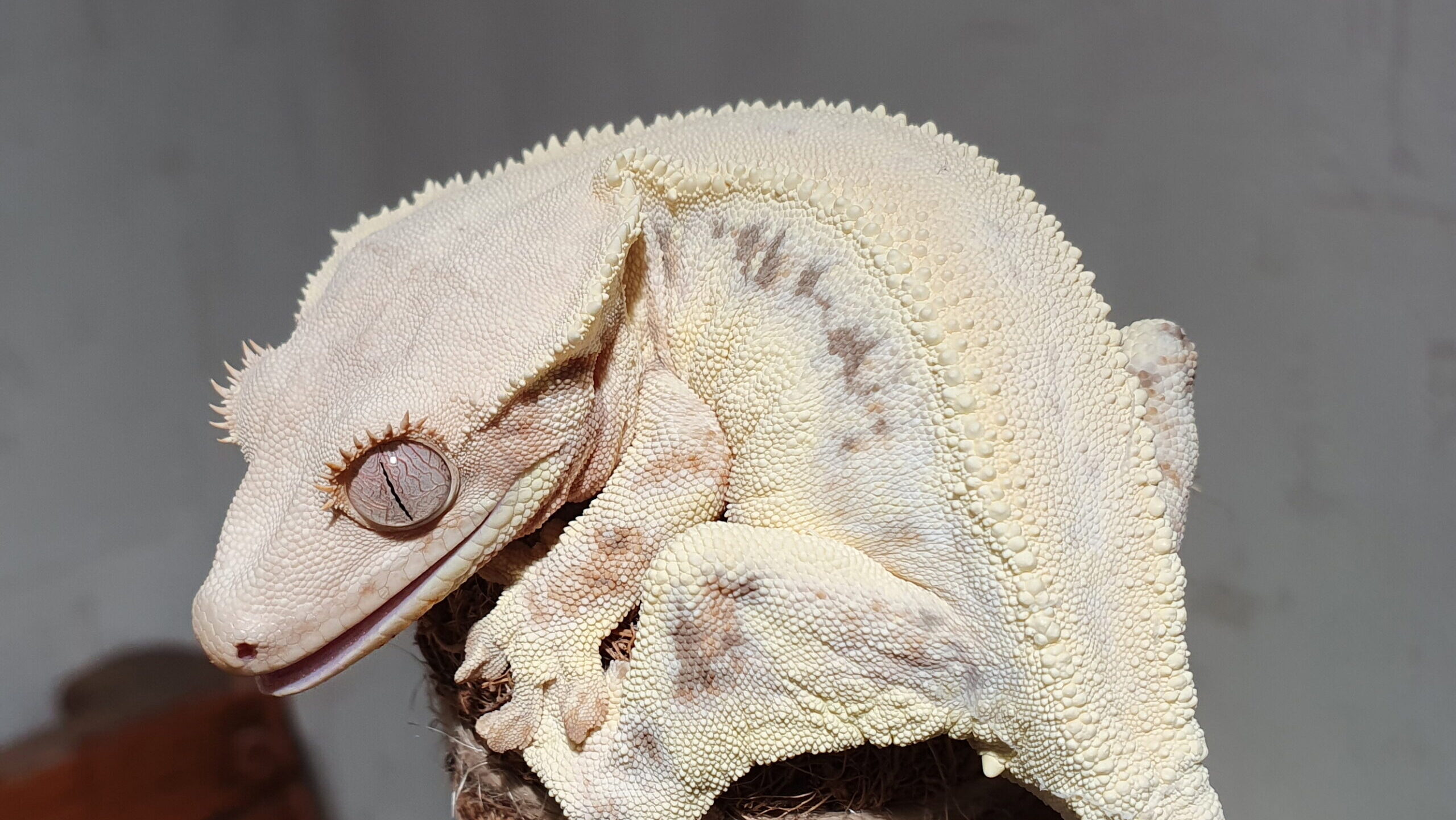





Leave a Reply